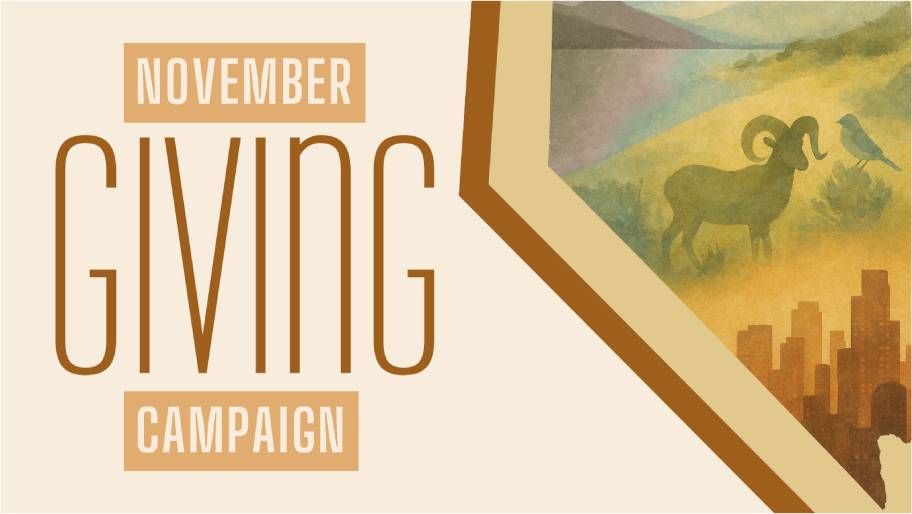Nevada's Digital Divide

In order to continue educating Nevada’s approximately 500,000 students amid the current COVID-19 pandemic, Nevada’s K-12 public schools have shifted to virtual education. However, a recent statement made by Clark County School District (CCSD) Superintendent Jesus Jara, Ed.D., noted that approximately 27 percent of CCSD 2019-2020 student enrollment, or 120,000 students, would be unable to access virtual instruction once schools temporarily closed because they lack access to a computer and/or the Internet. Similarly, Washoe County School District noted that many of their students would not be able to retrieve their assignments electronically during the school closures.
Unfortunately, many of the off-site locations where students are often able to access a computer and/or the Internet are unavailable: libraries have temporarily closed, and it has been strongly encouraged not to visit a friend’s or relative’s home to prevent the spread of COVID-19. Many national and local education leaders have expressed concern that the “digital divide” could further widen achievement gaps as only students with a computer and Internet access would be able to receive instruction. To address this concern, many districts across the state are using printed learning packets that include worksheets that students must complete, but this is no substitute for direct teacher interaction, which currently is only available virtually.
To better understand how significant the digital divide is for Nevada’s K-12 students, the Guinn Center analyzed data from the 2014-2018 American Community Survey (ACS) 5-year Public Use Microdata Sample (PUMS). This data provides useful information about the digital divide and the geographic areas where the digital divide is more prevalent. However, there are a few important caveats related to this PUMS data.




